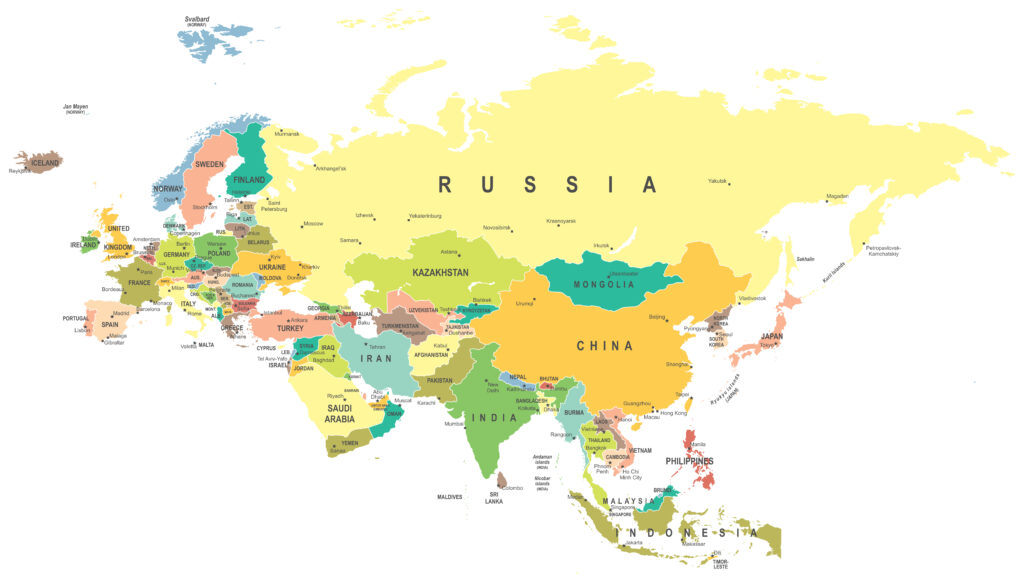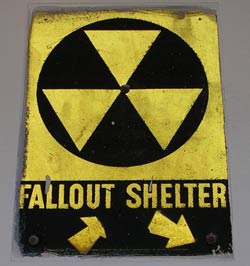
By Emma Graham-Harrison, The Guardian, 9/9/23
About an hour after air raid sirens sounded in the early hours of 10 August, residents on Yaroslavska Street in the heart of Kyiv’s hip Podil district heard the crash of a building coming down.
Some looked out of their windows expecting to see the smoking remains of a Russian missile. Instead, in the dawn light, two excavators were tearing apart an elegant 200-year-old mansion.
Within hours, the house, built in 1811, was a pile of rubble. Protesters gathered outside with placards attacking developers and the city’s government. “What hasn’t been destroyed by the Russian rockets is being destroyed by our officials and builders,” read one placard.
The war, perhaps surprisingly, has not diminished the appetite for prime property in Kyiv, or halted the scramble to get hold of empty plots for construction. Property prices dipped only briefly when Russian forces besieged the city last spring, then rebounded as its streets returned to life. Kyiv has extensive air defences and the frontlines are far away, so some residents have returned, and it has become a new home for people fleeing the fighting further east.
Ksenia Semenova, a city council member who focuses on protecting historic Kyiv, said she got her first post-invasion call about an illegal demolition on 25 February 2022, the day after Russia launched missiles at the capital and sent its troops across the border.
“The developers told me: ‘We thought it was a good idea – lots of people had left Kyiv so we wouldn’t disturb anyone’s work or sleep’,” she said.
But while developers seek to take advantage of Russia’s invasion, it has also spurred opposition to their plans. Vladimir Putin’s ahistorical attempt at justifying the war by denying Ukraine’s national identity has bolstered support for activists fighting to protect the city’s built heritage.
“After the full-scale invasion, when Russia said we are not a real country and don’t have any history, cultural heritage became more important to people,” said Semenova.
Perhaps because of that heightened appreciation for Ukrainian history, the August destruction of the building in Podil caused an outcry. Mayor Vitali Klitschko has pledged to investigate and the property’s owner uploaded a defiant video to YouTube.
Relaxing on a sofa and waving documents that he claimed backed his position, Serhiy Boyarchukov said he plans to build four storeys of apartment hotels and a “clubhouse” where the elegant single-storey house – a rare example of residential wooden construction in the city – had stood.
“There was no complete demolition, there was a partial dismantling, and the basement and one wall stayed in place,” he said, adding that the work was authorised under a “reconstruction permit” issued by the culture ministry in March.
He did not address questions about why the demolition began at 5am during an air raid alert.
Activists are sceptical the mayor’s investigation will really hold anyone to account. They say that for years, city authorities have allowed Kyiv’s historic fabric to be sold off, torn down or decay beyond the point of repair.
Oleh Symoroz was a veteran of that peaceful struggle before he volunteered to fight for Kyiv, then went east when the city had been saved and lost his legs on the frontline in the east of Ukraine.
Now back home for rehab care, he was furious to find the city being destroyed from the inside while many of the people who campaigned to protect it are serving on the frontlines.
“I feel terrible this destruction is happening now. Worse than I did about it before the full-scale invasion,” he said, in an interview at the hospital where he is learning to walk again with prosthetic limbs. “We are away fighting for Ukraine, and they use this chance to destroy the city.
“There are not so many construction bosses on the frontline, but a lot of activists have been killed or injured or badly traumatised.” He added: “They have an advantage now.”
Another resident, Tetiana, expected city authorities would help when a Russian drone hit flats in her building on Zhylyanska Street, a few blocks from Kyiv’s main railway station. It killed four of her neighbours, including a woman who was six months pregnant, and demolished the hall and staircase leading to her door.skip past newsletter promotion
She was traumatised and frightened by the attack, but was not worried about being made homeless. She had seen politicians on the news visiting other buildings hit by Russian attacks and promising to help, and the reconstruction that rapidly followed.
So Tetiana was stunned to get a message just three days later announcing that her building had been declared structurally unsound and would have to be demolished. The attached survey was dated 17 October, the day of the attack.
“When could the person responsible for that report have done it?” she said. “The sun set just after six, which is around when the firefighters finished putting out flames, and curfew was at 9pm then.”
The surviving residents were urged to sign away the rights to their historic flats in the city centre. In return, they would be put on a waiting list for new homes on the outskirts of Kyiv about 12 miles away.
Tetiana refused, marking the start of a bureaucratic nightmare that has left her homeless – staying with friends and relatives – for nearly a year.
When her fellow survivors tried to register a residents’ association – a key step to getting their own survey and protecting the site of their building – they were rejected 15 times by city authorities on technicalities.
Tetiana, who asked to be identified only by her first name because of the stress of the long battle with city authorities, now believes officials want to use the damage caused on 17 October as an excuse to demolish her building and seize the land.
“What the Russians began, the city council is trying to finish off,” she said. “Even if our building isn’t sound, I don’t understand why they can’t use the money to rebuild. Why do they want to move us away and what do they plan to do with the land?”
Asked about the building, Kyiv’s city authorities only said: “The house cannot be reconstructed.” They declined to answer questions about why the building was not on the register of damaged objects, how they had been able to carry out the survey in a single day and why residents were being asked to move to the city’s outskirts.
Tetiana is determined to reclaim her flat and protect the historic property, but is braced for a long battle.
“There are a lot of old people in this building – maybe the Kyiv authorities thought: ‘Let’s wait and maybe they will die and the problem will be resolved.’ They didn’t take into account that there are still young people who decided to fight for their rights.”


